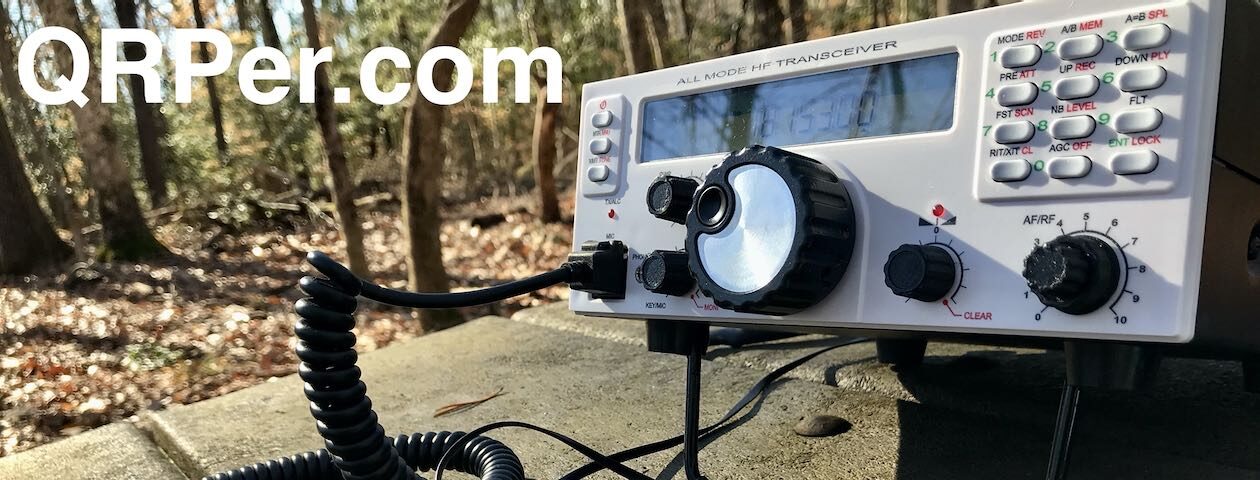 Sometimes, I like the odd “exercise in futility.”
Sometimes, I like the odd “exercise in futility.”
I enjoy shaking up routine and since POTA and SOTA activations are my routine, they end up being the shakers.
On Monday, September 18, 2023, I found out that our planet was rotating into a large CME (Coronal Mass Ejection). This CME made all of the space weather news and we planned for either some potential radio blackouts or at least very unstable conditions.
As I’ve said many times before, I never let the potential for poor propagation stop me from hitting the field. Don’t let it stop you either.
Lake Norman State Park (K-2740)
 I had a full afternoon to play radio, so I made my way to Lake Norman State Park.
I had a full afternoon to play radio, so I made my way to Lake Norman State Park.
En route, I tried to think of a way to shake up the activation a bit. I planned to activate at the same spot I had during my last visit because I knew the park’s main trail system was still closed and, frankly, I wanted to take advantage of the EV charger at the visitor’s center again!
I’d packed MW0SAW’s End-Fed Half-Wave (the gift that keeps on giving, Steve) and I did have one new radio toy (more on that later).
I also had a lot of time–at least, more than I normally do during a POTA activation–so I thought it might be fun taking my KX2 down to the lowest power setting it has: 100 milliwatts.
I’ve activated parks with 100mw before, but never intentionally on a day when I knew propagation would be poor.
I figured with enough time, maybe I would get the ten contacts needed for a valid POTA activation.
If not, it would be fun trying!
Why Milliwatting?
 At the end of the day, I think taking our radios and antennas to their low-power extremes gives us a taste of what we can actually do with so little signal.
At the end of the day, I think taking our radios and antennas to their low-power extremes gives us a taste of what we can actually do with so little signal.
I remember shortly after I bought my first Elecraft KX1 in 2008, I was speaking with a local ham and he told me that a maximum output of three watts was pretty useless and that I really needed a minimum of five watts if I expected to make any contacts.
Part of me did feel like perhaps I’d bought something more akin to a toy–fun to look at and hold, but not terribly practical.
Then I started using that KX1 to make contacts and even carry on extended rag chews. Turns out, three watts gets a lot done!
Today, I’ll often run my MTR-3B with three watts or even less when activating a summit and the results are simply outstanding–fabulous DX and contacts galore.
I know 100mw is a proper compromise, but I like knowing what I can achieve with so little. Tinkering with it in the field and listening to signal reports (also reading RBN stats) gives me a good idea.
In an emergency situation? If I could only push 100mw into a decent antenna, I know it wouldn’t be ideal, but I know it wouldn’t be futile either.
Begali Adventure Dual
 Another activation motivation was the opportunity to test my new-to-me Begali Adventure Dual paddles. Continue reading Testing the Ionosphere: A 100 milliwatt to 1 watt POTA Activation During a CME? Why not!?
Another activation motivation was the opportunity to test my new-to-me Begali Adventure Dual paddles. Continue reading Testing the Ionosphere: A 100 milliwatt to 1 watt POTA Activation During a CME? Why not!?
































 (Source: KI6DS via QRP-L)
(Source: KI6DS via QRP-L)